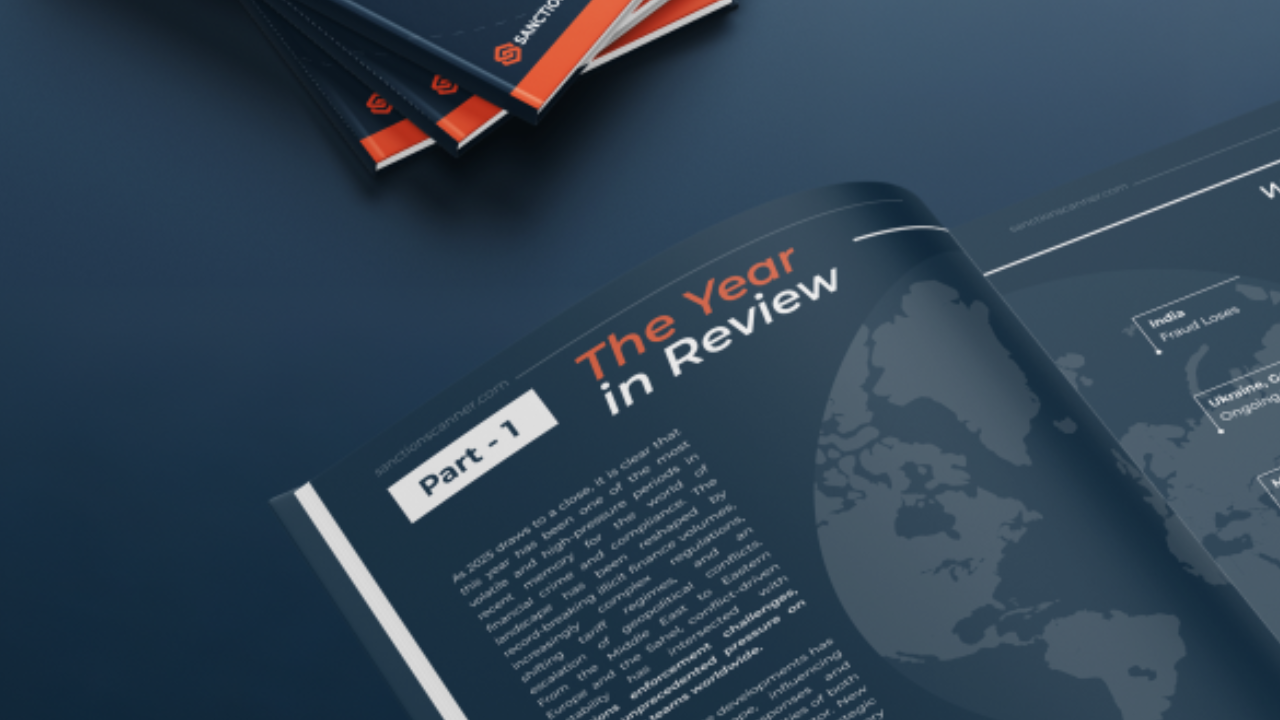The truth is that one of the new targets of money launderers lately is prepaid cards. Prepaid cards, which provide access to accounts worth tens of thousands of dollars, transfer this money quickly, causing money laundering activities. The reasons for the increase in the popularity of prepaid cards and how money laundering activities are achieved through prepaid cards are interesting. So there are some points you should know if you own or intend to hold a prepaid card.
What is a Prepaid Card?
Prepaid cards are a type of payment card that allows you to spend money you have already loaded onto the card. Unlike a traditional debit or credit card, you can only spend the amount of money that has been loaded onto the card. This makes prepaid cards an attractive option for people who are looking for a simple and convenient way to manage their finances.
The Basics of Prepaid Cards: Understanding How They Work
Prepaid cards can be purchased at many retailers and financial institutions, and they can be loaded with money using cash, a bank transfer, or a direct deposit. Once loaded, the card can be used just like any other debit or credit card to make purchases in-store or online, pay bills, or withdraw cash from an ATM.
One of the key benefits of prepaid cards is that they can help you avoid overspending and keep your finances under control. Because you can only spend the money you have loaded onto the card, you cannot get into debt or incur overdraft fees. This makes prepaid cards a great option for people who are working to budget their money or who are trying to avoid credit card debt.
Another advantage of prepaid cards is that they can be a good option for people who may not be eligible for a traditional debit or credit card, such as those with a poor credit history or those who do not have a bank account. With a prepaid card, there is no credit check or bank account required, so anyone can use one.
Prepaid cards are popular payment options because they are convenient and can be used almost anywhere. However, they are also vulnerable to fraud and money laundering activities. There are two types of prepaid cards that can be used for these illegal activities:
- Closed-loop prepaid cards: These cards are issued by a particular retailer and can only be used at that retailer's locations.
- Open-loop prepaid cards: These cards are issued by a financial institution and can be used anywhere that accepts debit cards.
Fraudsters and money launderers may use these cards to anonymously transfer funds, make purchases, or withdraw cash. It is important for consumers and businesses to be aware of these risks and take appropriate precautions to protect themselves. This includes regularly monitoring card usage and reporting any suspicious activity immediately.
The Relationship Between Money Laundering and Prepaid Card?
Money laundering is the process of hiding or disguising the proceeds of illegal activities as legitimate funds. It involves converting illicit funds into legitimate funds or assets through a series of financial transactions. Criminals often use prepaid cards to facilitate money laundering because of the anonymity and ease of use they offer. Prepaid cards can be used to launder money because they allow individuals to anonymously transfer large sums of money and easily withdraw the funds in cash.
Criminals can use prepaid cards in a number of ways. For example, they may purchase a prepaid card with illicit funds and then use it to purchase goods and services that can be resold for a profit. They can also use prepaid cards to transfer funds between accounts, making it difficult for law enforcement to trace the source of the funds.
Fraudsters can also use prepaid cards to carry out scams, such as card cracking or card testing. In these schemes, fraudsters use stolen or fake card information to load money onto the prepaid cards, then quickly withdraw the funds before the bank detects the fraud.
To prevent money laundering using prepaid cards, financial institutions, and regulators have put in place a number of measures. For example, prepaid card issuers are required to collect identifying information from cardholders, such as their name, address, and social security number. Additionally, they must monitor card activity for suspicious transactions, such as large or frequent transfers, and report any suspicious activity to the appropriate authorities.
To combat these types of fraudulent activities, regulators and financial institutions are implementing Anti-Money Laundering (AML) compliance measures to monitor prepaid card transactions and detect suspicious activity.
AML Red Flag and Prepaid Cards
AML and countering the financing of terrorism (CFT) regulations aim to prevent these illegal activities by requiring financial institutions to monitor their clients' transactions. This includes identifying and reporting suspicious transactions, which are referred to as AML red flags.
Organizations like FATF, Wolfsberg Group, and Network Branded Prepaid Card Association (NBPCA) that red flags are indicators of questionable activity that the actual use of a product differs from its intended use or does not make economic sense. Therefore, financial institutions should draw attention to specific red-flag indicators and take necessary precautions without wasting time against money laundering risks.
AML red flags refer to specific indicators that may indicate money laundering or other illegal activities. Financial institutions must be able to detect and report these red flags to ensure that they are in compliance with AML/CFT regulations. Some common red flags include:
- Large and frequent deposits or withdrawals, especially in cash
- Transactions that do not match the customer's profile or typical behavior
- Transactions that appear to have no legitimate business or commercial purpose
- Transactions that are inconsistent with the customer's source of funds or income
- Transactions that appear to be structured to evade reporting requirements
What Are Some Measures Against Money Laundering Activities?
There are a number of measures in place to prevent and detect money laundering activities involving prepaid cards. Some of these measures include:
- Customer due diligence (CDD): Financial institutions are required to gather information about the customer and verify their identity to prevent anonymous usage of prepaid cards.
- Monitoring of transactions: Financial institutions continuously monitor transactions for unusual or suspicious activities, such as large transactions or transactions to high-risk countries.
- Reporting: Financial institutions are required to report suspicious transactions to the relevant authorities, such as the Financial Crimes Enforcement Network (FinCEN) in the United States.
- Blocklists: Financial institutions use blocklists to prevent transactions with sanctioned individuals, entities, and countries.
- Enhanced Due Diligence (EDD): Financial institutions are required to perform enhanced due diligence on high-risk customers and transactions, such as those to high-risk countries.
By implementing these measures, financial institutions can help prevent and detect money laundering activities involving prepaid cards. However, it is important to note that money launderers are constantly finding new ways to evade these measures, so it is crucial for financial institutions to stay vigilant and continuously update their AML procedures.




